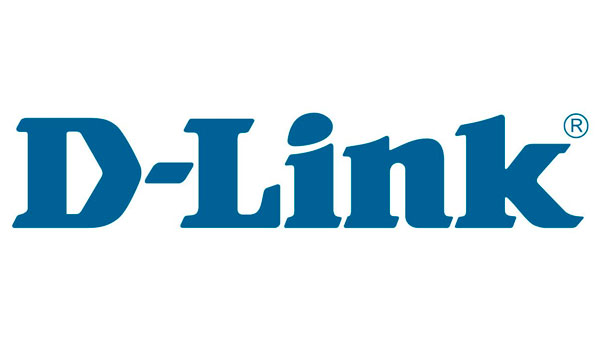Before the Internet, technology was not typically a huge concern for most companies. Employees had a big box under their desk, and a keyboard and mouse and bulky monitor on top, and that was the end of it. There was no question of downloading, uploading, streaming media, or social media. About the only thing a company had to worry about was an employee waltzing out the back door with company property. Nostalgia aside, these were simpler times; people didn’t have much by way of technology, and so did not have enormous expectations.
Fast forward to 2017. The tech landscape is basically unrecognizable from the eighties. Most people have abandoned the PC — the tower, screen and keyboard version of it — for a variety of mobile devices including laptops, tablets, e-readers, and smartphones. Bring-Your-Own-Device, or BYOD, has become a reality of doing business. This, coupled with the consumerization of information technology, has placed a considerable expectation on small- and medium-sized businesses to deliver fast, reliable connectivity to employees and customers.
Unfortunately, companies often do not have sufficient staff and resources to “cover” a security area that begins with mobile devices and extends all the way out to the cloud and Internet of Things. As a rule, Canadian IT staff have less money for both operating and capital investment in technology than their US counterparts, and so are always on the hunt for cost efficiencies.
Criteria & challenges
Whatever solutions a company decides to invest in, they must be:
- Easy to install, configure, and manage
- Simple to use and require minimal customization
- Are easy to integrate with existing systems
- Light on IT resource requirements
- Straightforward and simple in terms of pricing, and
- Consumable in modular components, and extendable when required
Small and medium enterprises today are faced with a considerable challenge in getting more and more bang for their IT dollar without skimping too much on the reliability of their IT infrastructure. It is proving difficult for many companies to meet their connectivity needs in the present in a cost-effective manner, while at the same time investing in the kind of infrastructure that will allow them to scale over time.
As more companies (and specifically the people in these companies) move to the cloud, security risks will only increase. This puts considerable pressure on corporate infrastructure. New devices and constant cyber-threats put a spotlight on the total cost of ownership (TCO) and ease of management.
Two ways to go
The key for organizations to onboard users and devices without exposing the entire system to breach. A company can elect to go down the path of frugality, saving a few ducats, but in doing so it must live with a less-than-secure present and a future filled with question marks. However, it does not have to be like this. It is possible for small and medium enterprises to deploy robust, secure networking capabilities that can scale effectively into the future.
To learn more about streamlining operations and improving efficiency for small and medium enterprises, download the D-link white paper “The changing network landscape.”

